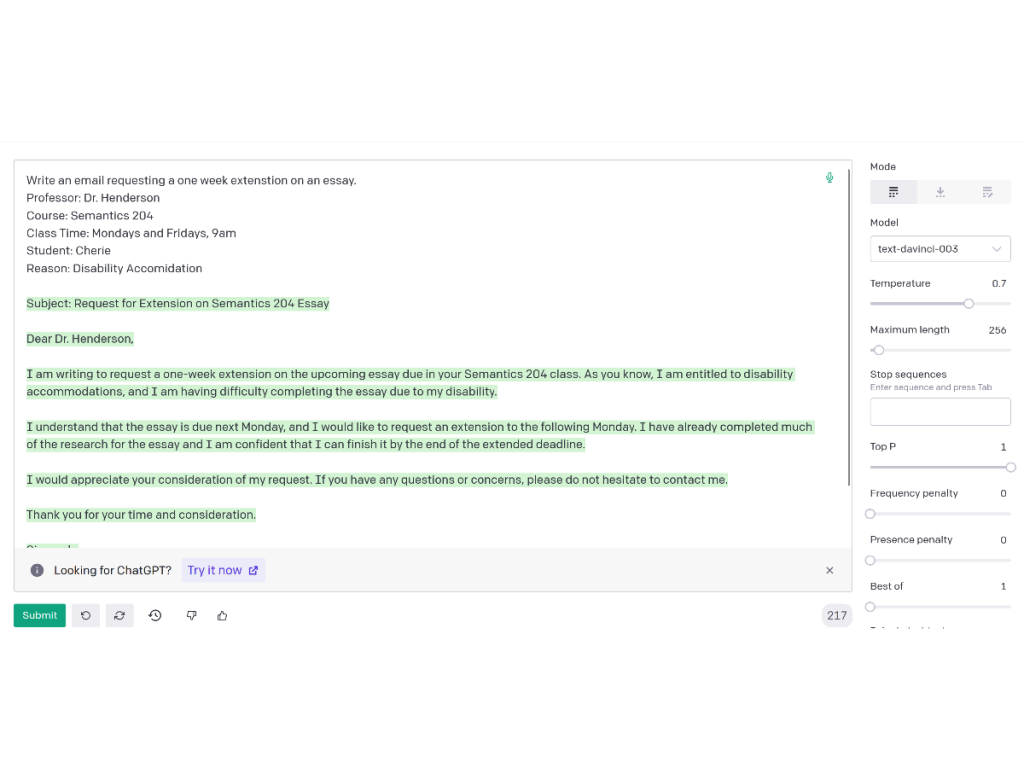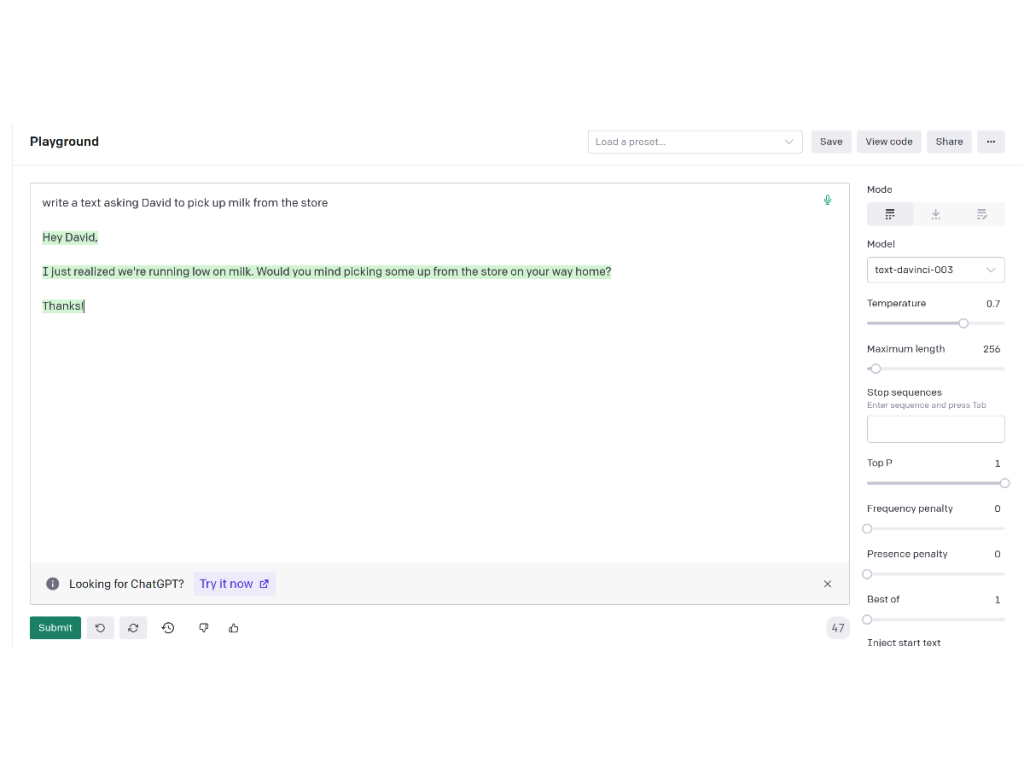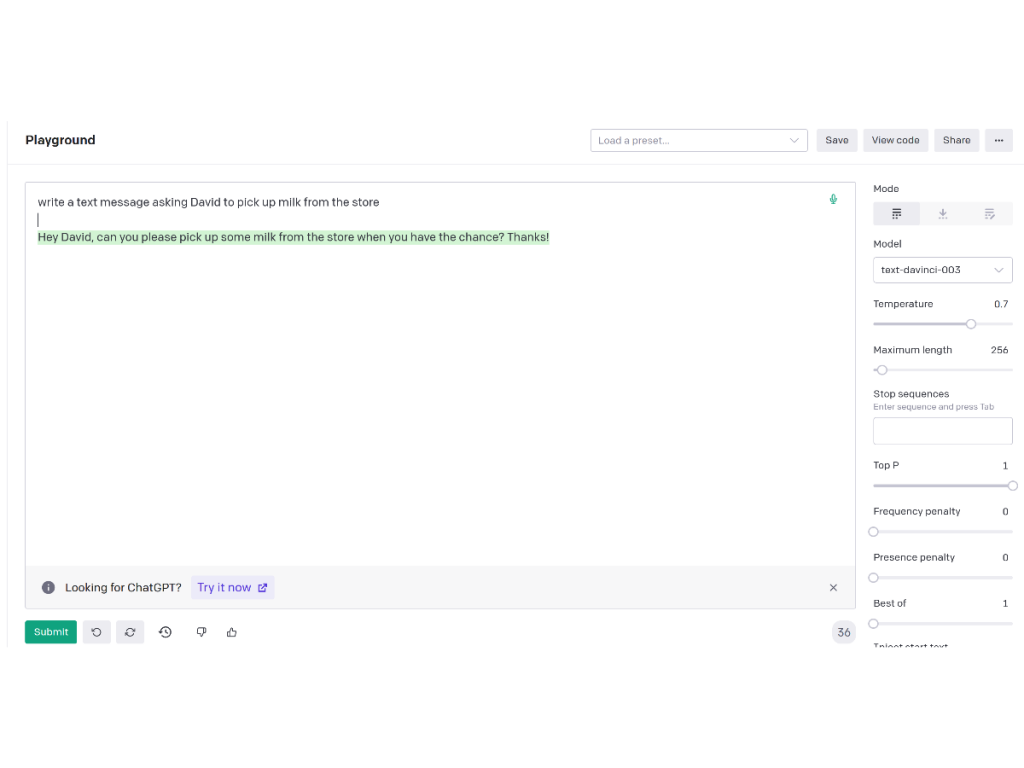I have a MFA in creative writing. Still, it will take weeks for me to write and send an email. I often leave texts “on read” simply for not knowing how to respond. Ordering at restaurants often leaves me confused. As an autistic adult, these mundane tasks seem almost impossible to me at times. With all the hype about ChatGPT, I started wondering: can OpenAI bridge communication gaps for autistic adults?
What is it hard to convey tone in writing?
Tone comes through even in writing. It is conveyed in word choice, text length, sentence structure and even punctuation. Allistic (non-autistic) people can pick up on subtext quickly, and even assign unintended meanings. For some Autistic people, myself included, this aspect of communication is a confusing secret code to which we were never given the cypher.
The question of what to say is never there. The question for how to say it is. How do I structure my sentences? Am I too blunt- will that be seen as standoffish or uncaring? Is my vocabulary stilted or too formal? I am fortunate enough to have people I trust to help me draft emails and practice the pattern of unfamiliar social situations. When they are unavailable or unable to help, I am often at a loss.
The way AIs (artificial intelligences) work is that they are fed data, they look for patterns in the data, and then they attempt to recreate these patterns. Could AI be used as an accessibility tool? Could I use it to help me with these mundane tasks, allowing me to communicate more effectively in a timely manner?
To test this, I used Open AI’s playground and ChatGPT to help me format emails and text messages.
Technical information
Before we start, let’s review some technical information.
- The OpenAI Playground provides a place to type a prompt that describes the output that you would like to see. The API behind the playground responds with a text completion of the text prompt you used.
- ChatGPT (Chat Generative Pre-trained Transformer) is based on a deep learning model that evaluates the importance of the words or phrases in each input. It is more of an NLP (natural language processing) tool than a full-blown AI.
USE 1: Writing Emails
Of my three experiments, email writing was the most successful. I asked the system to create emails for a variety of situations, ranging from a child sending birthday invitations to classmates to adults asking for changes in their work schedules.
The more specific you can be in your prompt, the better the results will be. Below is a screenshot of a request to write an email asking for an extension on a college essay. In the request, I included more information than necessary about the (fictional) class. The email the system created would require very little editing to be usable.

When I was in college, this type of email would take me more than two weeks to write without outside help. If no one was around to help me draft an extension email, I would more than likely not ask for the extension and lose points on my essay.
In all my requests, the tone of writing was more formal than informal, even when I directly asked the AI to write informally. The system also isn’t going to pick up on any of the nuances of someone’s personal relationships. Without editing you might end up with impersonal results.
Use 2: Texting
The main problem I had in getting the system to write a text is that it always wants to draft an email. Below is a screenshot of what happened when I made a request starting with the words “Write a text:”

I specifically needed to word my requests as “write text message to” or “write a phone text” to get anything resembling a text message.

I don’t know many people who use full sentences when texting, myself included. It’s usually considered too formal to write this way. I couldn’t get a response that matched the informal tone of texting well. An NLP could be trained to format text messages, but OpenAI at present is not a good match for this task.
Conclusion
ChatGPT, like all NLPs, is great at aggregating data. With the correct data set, it is excellent at understanding the typical format of a medium. You still need to know what you want to say, but this type of tool can theoretically greatly help you figure out how to say it. With OpenAI’s current data sets, ChatGPT and the OpenAI playground can help with writing formal emails. It does struggle to write more casual messages.
Overall, I do not think this sort of tool would replace a strong support system, but a well-trained NLP could be one tool out of many to help bridge the communication gap between autistic and allistic individuals.



